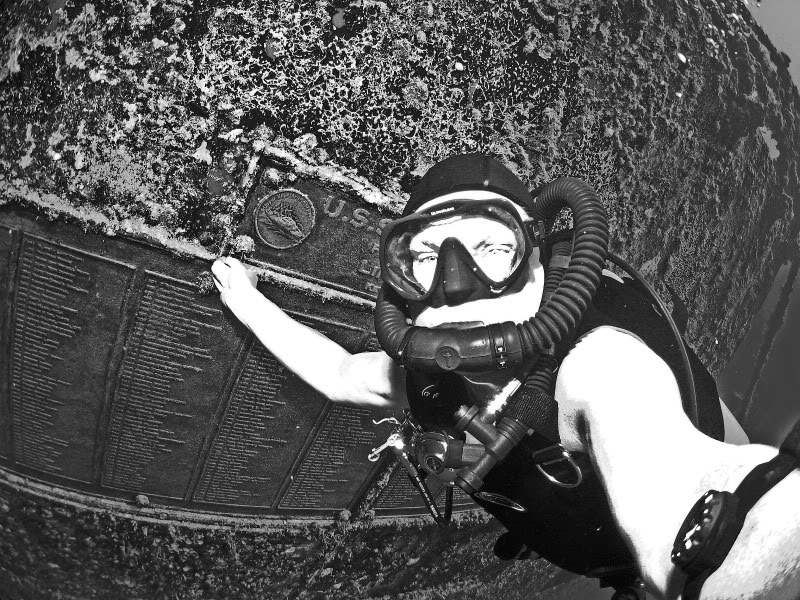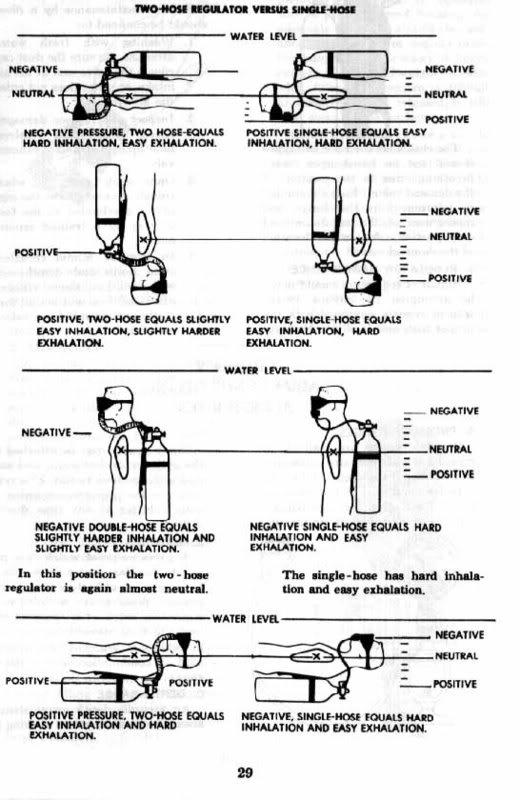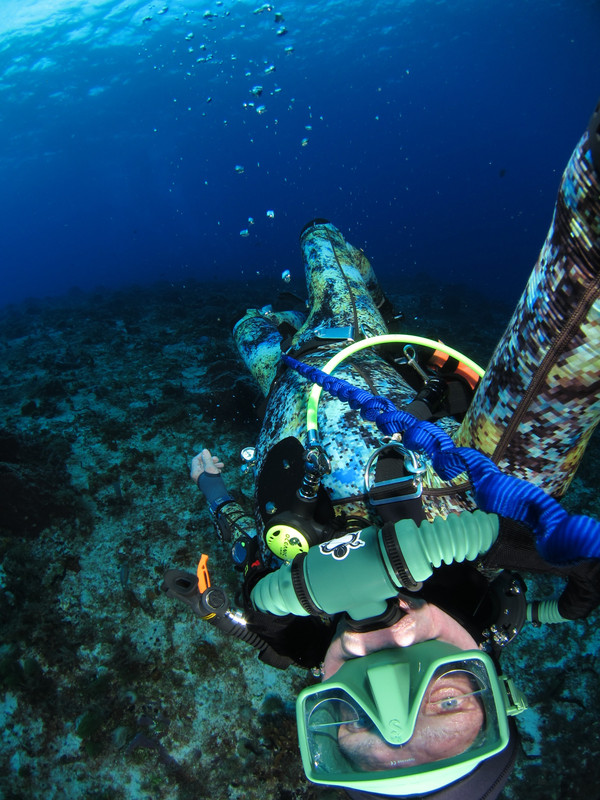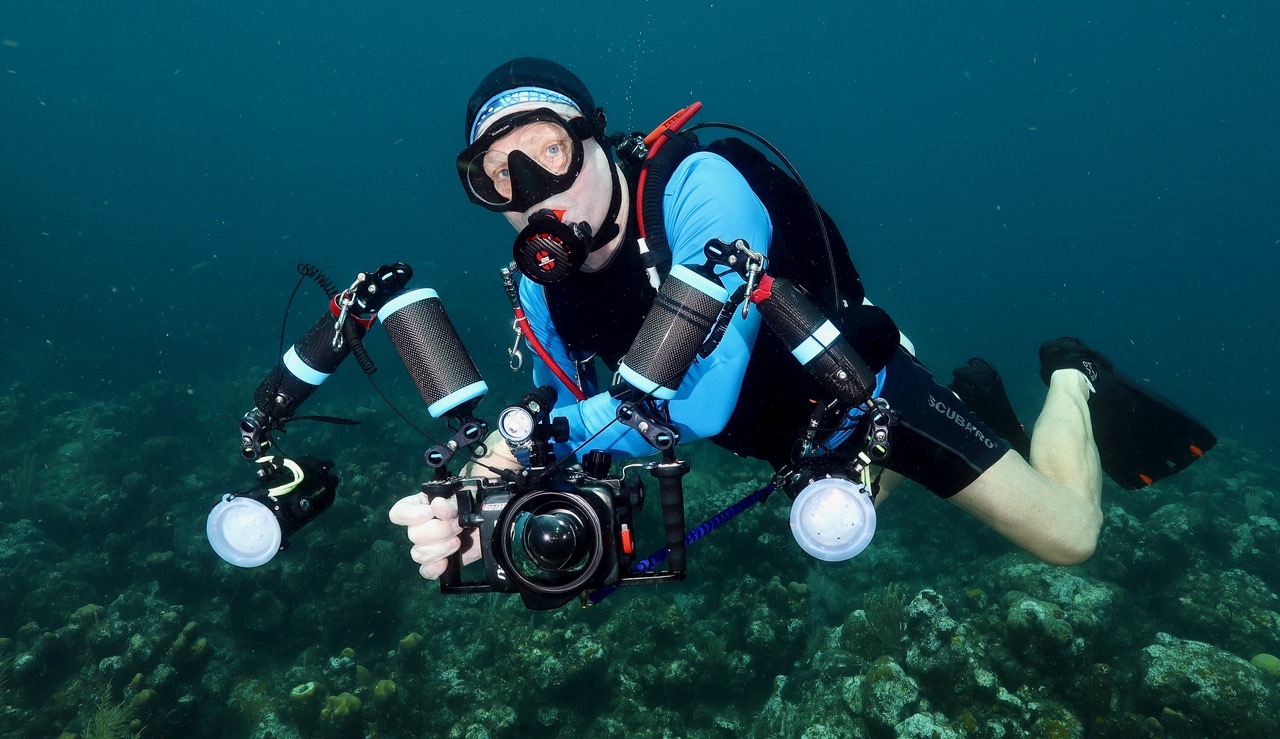SouthernSharktoothDiver
Contributor
Hey all,
I've been looking at double house regulators/vintage diving. It's not something I'll be doing anytime soon due to budget constraints, but I'm curious all the same. How is diving them different from a single hose? What are perks and what are the drawbacks? What's the major "need to know" information?
I currently have a pair of LP steel 72's, and more J-valves than I know what to do with, so I like the idea of diving them with a double hose at some point.
I've been looking at double house regulators/vintage diving. It's not something I'll be doing anytime soon due to budget constraints, but I'm curious all the same. How is diving them different from a single hose? What are perks and what are the drawbacks? What's the major "need to know" information?
I currently have a pair of LP steel 72's, and more J-valves than I know what to do with, so I like the idea of diving them with a double hose at some point.










